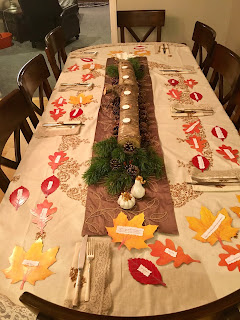Their story got my attention because at the very least, it demonstrated the capacity of adults to be open to growth. Being open to growth is not something that is typically associated with adulthood. Research tells us that infancy, childhood, and adolescence are the times in our lives when the brain is most transformed. Yet, this podcast shared the stories of men, who in one of the most macho environments, chose to be more emotionally available to each other and in the process, increased not only their own self-awareness but the production capacity of the oil rig they worked on. (Click here for the Invisibilia podcast website)
That episode made me reflect on the culture of learning in education, and what social norms are present in such a culture. I came up with three hallmarks of what I consider to be a vibrant culture of learning:
1. A culture of learning is learner centered. This means that the focus is on the learner and I have to credit George Couros (@gcouros) for helping me shift my own vocabulary from student to learner. If we are a just student centered culture of learning, then we are ignoring the fact that adults are learners too. A culture of learning is focused on those who are open to growth, no matter what their chronological age. Some of my proudest memories as an educator are when I have learned from my students.
2. A culture of learning welcomes mistakes. Mistakes are a necessary, healthy part of the learning process. If I make no mistakes in my daily morning routine with my own children getting them out the door on time for the bus, I feel like I genuinely have accomplished something. If I cannot promise my own children our morning will be mistake-free, how can I possibly make the same promise to someone else's children? The hope is that we don't repeat the same mistakes that we make - but there will always be missteps when we take risks in the learning process.
3. A culture of learning prioritizes relationships. There are real people, adults and children, in our school district. People who laugh and smile when they're happy, cry real tears when they're sad and upset, and who bleed when their skin is cut. We must promise each other, and our children, that we put people ahead of behaviors, committing to empathy and compassion. Ensuring that people feel heard, even in times of disagreement, is a basic template for relationships and a promise that we must make to each other.
Within a culture of learning, anything is possible. This time between Thanksgiving and the Winter Holiday break is one of the most challenging for educators and students alike. Within a culture of learning, we recognize this and pledge to each other to work smarter, not harder on behalf of all learners, accepting mistakes, and putting the people (adults and children) first. In this way, we model the culture of learning for our school district, and the larger community.
 |
| Photo courtesy of TeachThought |


